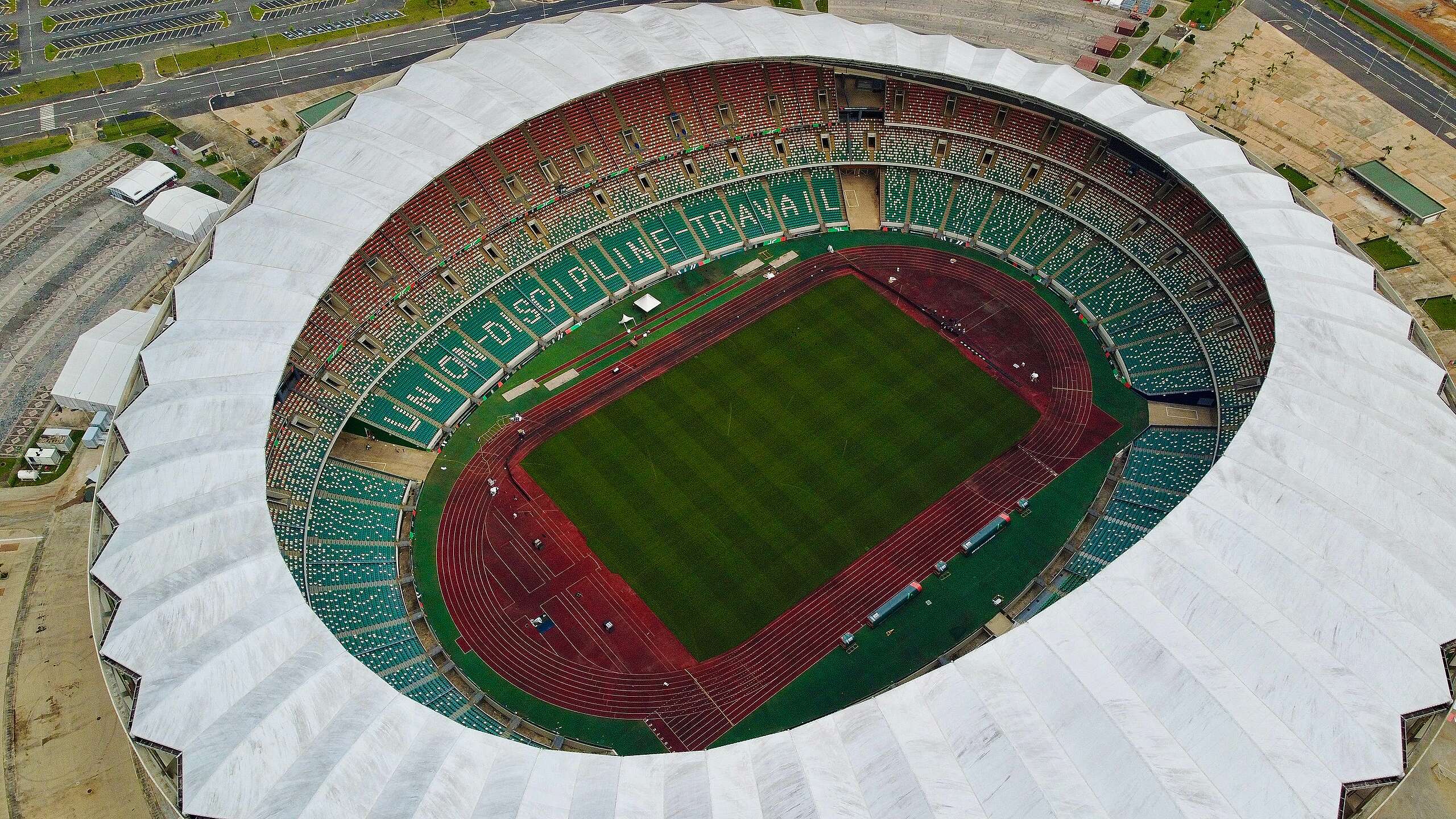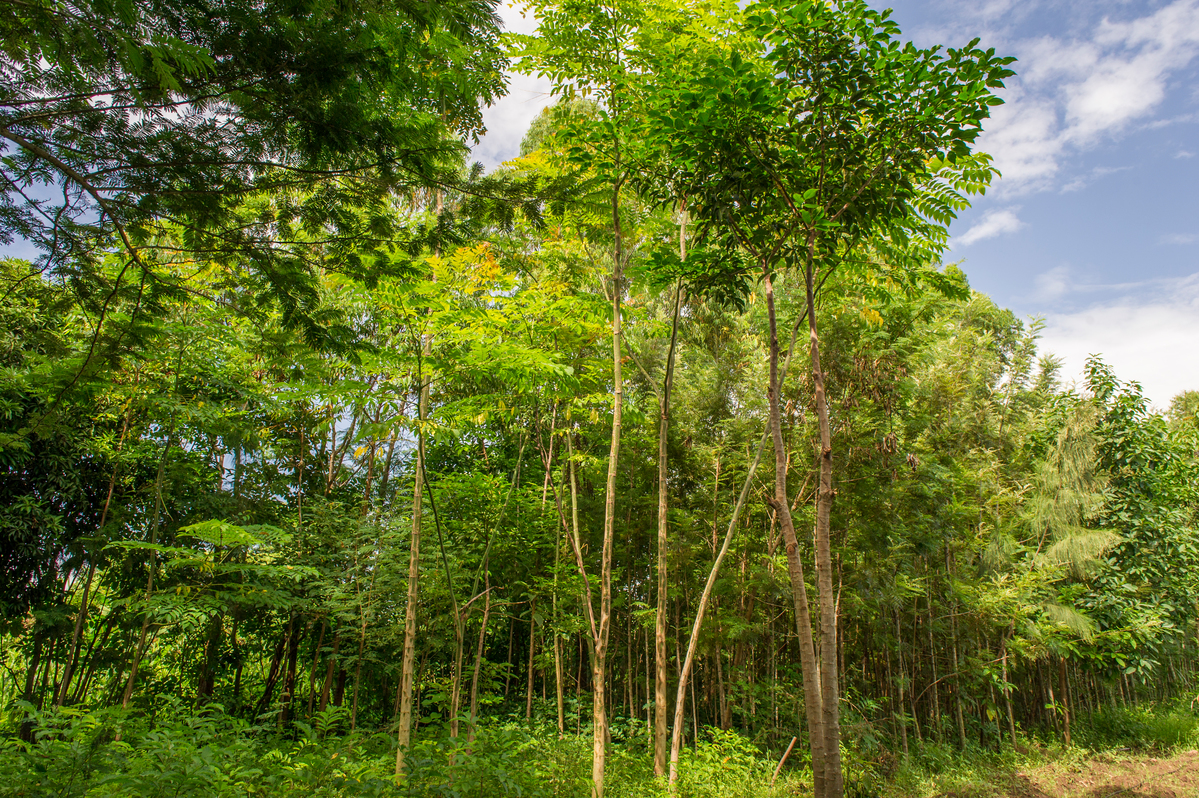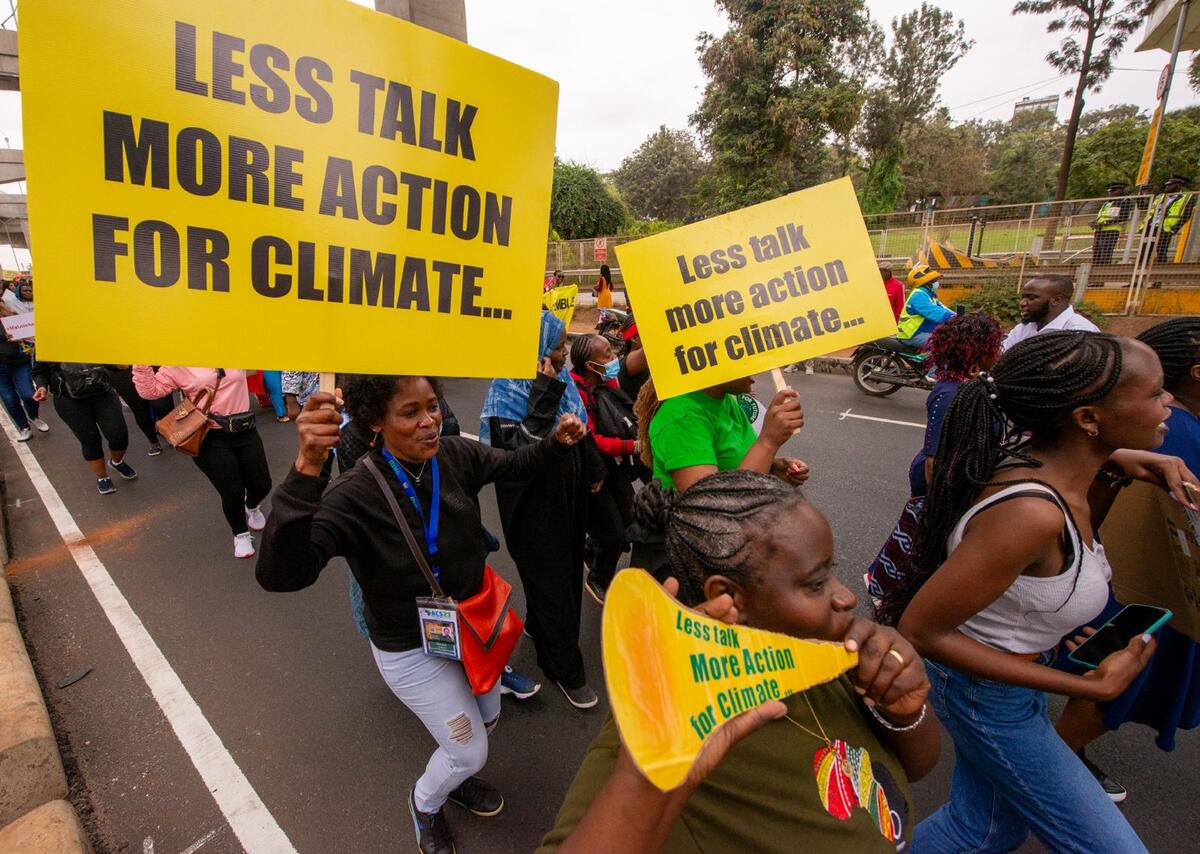Kenya is endowed with an abundance of renewable energy resources such as wind, solar, geothermal, hydro and biomass. The renewable energy sector in Kenya is among the most active in Africa.
In the last few years, Kenya has doubled its efforts to take up renewable energy with initiatives such as building an epic wind farm. The Lake Turkana wind power project is the largest wind farm in Africa with a capacity of 310 megawatts – enough to power up to one million homes.
It, therefore, took me by surprise in 2012, when Kenya’s government announced plans to build East Africa’s first coal-fired power plant and coal mine in Lamu and Kitui respectively.
Lamu, the beautiful old town in the heart of the controversy, is the main island in the Lamu archipelago and a key link to other islands in the county such as Pate, Shela and Manda. A walk through the town strikes you with antique culture and beauty, from the ancient buildings to its rich history and heritage. You will not fail to notice the hospitality of the Lamu community and the Swahili culture that is open and welcoming.
With this knowledge, I pondered on the question. Why do we need to invest in a dirty source of energy when the country has 10 000MW of geothermal energy potential? What about the untapped potential of wind and solar energy?
I wasn’t the only one puzzled by this. Lamu residents and civil society alike were all opposed to the project that was going to have a myriad of impacts on the environment, human health and livelihoods. The plant poses a grave threat to the UNESCO World Heritage site, tourism and the health and culture of the Lamu people.
For the last 6 years, communities in both Kitui and Lamu, civil society and activists have been resisting the project; the wrong project at the wrong place at the wrong time. Their efforts bore fruit in June when the National Environment Tribunal (NET) cancelled the license issued by the National Environment Management Authority (NEMA) to Amu Power for the construction of the Coal Plant.
Lamu residents were overwhelmed with joy. For communities and environmentalists, it was an opportunity to pause and take stock. As a result of the pressure by communities, Greenpeace Africa and its partners, there are more conversations in the media on the environmental perils of coal.
The tribunal outcome is a beacon of hope to the people of Lamu as well as to the people of Kenya that there are some institutions that still work in the country and NET seems to be among those. Hope that their right to a clean and healthy environment will be safeguarded. Hope that their children will not die with unspent youth. Hope that their culture and heritage will be passed on from generation to generation without the fear that one dirty source of energy stands to take all of these away.
With the abundance of cleaner, renewable energy options, it is paramount that policy and financial targets focus on harnessing this potential and translating it into reality. Kenya should focus more on sustainable energy alternatives and stay away from polluting carbon-intensive coal-fired power stations.
The battle has not been won yet; these are positive steps towards Kenyans achieving a cleaner energy future. It will take yours and my efforts to stand strong with the communities of Lamu and Kitui to put a stop to these dirty investments. We cannot sit back and let a few greedy or ignorant individuals pollute our environment and health. Not in our country!



